Facebook Logo Design: History & Evolution

Image Courtesy: Facebook
When it comes to iconic symbols in the digital era, few can rival the impact of the Facebook logo design. A symbol that has been with many of us since our first social media interactions, the Facebook logo has become synonymous with connection, communication, and community. But have you ever wondered about the evolution and creative process behind this emblematic logo? If you're a graphic designer, the chances are that you've marveled at its simplicity, efficiency, and ability to stay fresh despite the changing times. In this article, we'll dive deep into the history and evolution of Facebook logo design, exploring the various changes it has undergone and the design principles that have guided its transformation. Whether you're looking to draw inspiration for your next project or simply curious about one of the most recognizable logos in the world, this exploration of Facebook's visual identity will provide insights that are both fascinating and applicable. Join us as we uncover the artistry and innovation that have made the Facebook logo design a timeless piece of graphic design history.
Facebook Logo Design History
2003 - 2004
The early days of Facebook's existence marked a period of exploration and experimentation, particularly in the realm of Facebook logo design. Way back in 2003, the world's largest social media platform was just a fledgling idea in the mind of a young Mark Zuckerberg. The project, initially named Facemash, came to life with a logo that was simple yet compelling.
The first Facemash logo featured the original name of the project, displayed in striking white capital letters over a maroon background. This color scheme was both unique and attention-grabbing, and the choice of maroon seemed to echo the colors often associated with academic institutions like Harvard, where Zuckerberg was a student.
While the Facemash logo might seem primitive compared to the sleek, modern design we associate with Facebook today, it was a fitting starting point for what was then a small campus project. This initial design carried a youthful energy, reflecting the ethos of a new generation looking to connect and share their lives online.
The logo design might not have been the work of a professional graphic designer, but it served its purpose well in those early days. It captured the essence of what Facemash was all about - a new way to connect, engage, and interact with friends and acquaintances.
In 2004, the project underwent significant changes, including a shift in name from Facemash to The Facebook. This transition also led to changes in the visual identity, moving away from the maroon and white theme. However, the original Facemash logo's simplicity and boldness laid the groundwork for what would become a global phenomenon.
Analyzing the Facebook logo design from 2003 to 2004 is an insightful look into the humble beginnings of a platform that would eventually revolutionize how we communicate. It's a reminder to all graphic designers that sometimes the simplest ideas can lead to the most profound impacts. It's also a testament to how logo design can evolve and adapt, reflecting not just a brand's image but its growth and transformation.

Image Courtesy: Facebook
2004 - 2005
In the captivating journey of Facebook logo design, the year 2004 marked a pivotal transition. With the site's rebranding from Facemash to "thefacebook," a fresh and somewhat unconventional logo was born. Graphic designers and brand enthusiasts will find the logo from this period particularly intriguing, as it deviates from many traditional design norms.
The new logo featured the word "thefacebook," written without any spaces, in a cool shade of light blue, set against a dark blue background. The choice of blue, which would become a recurring theme in subsequent Facebook logos, made a stark departure from the maroon color scheme of the Facemash era.
What set this design further apart was the unconventional placement of the name between two square brackets. This peculiar design choice added a touch of mystery and intrigue, reflecting the innovative spirit of the social media platform during its early stages.
This design, while simple, symbolized a significant shift in the platform's direction and ambition. It not only represented a name change but also encapsulated the broader vision of connecting people across the globe. The absence of spaces in the lettering, paired with the unifying brackets, subtly hinted at the idea of bringing individuals together in a shared online space.
Analyzing the logo's aesthetics, the use of contrasting shades of blue provided a pleasing visual balance. The lighter blue of the lettering created a gentle and approachable feel, while the darker background added depth and gravity.
The Facebook logo design from 2004 to 2005 stands as a testament to the idea that logo design doesn't always have to conform to traditional rules to be effective. It's a reminder to graphic designers that sometimes, it's the unexpected elements that capture the essence of a brand.
While the logo from this period was short-lived, replaced by a more refined version as Facebook continued to evolve, it still holds a special place in the history of graphic design. It's a snapshot of a moment when a young platform was finding its voice and identity, embracing an unconventional approach that would eventually lead to becoming one of the most recognizable brands in the world.

Image Courtesy: Facebook
2005 - 2015
In 2005, the Facebook logo design underwent a transformative change that would set the stage for the next decade of the brand's visual identity. While the design tweaks may appear subtle, they were vital in defining Facebook's image as it grew into one of the most used social media platforms globally.
Firstly, the article "the" was removed, simplifying the name to just "Facebook." This cleaner, more streamlined approach made the logo feel more approachable and modern. The quirky square brackets, a unique feature from the previous version, were also discarded, further enhancing the logo's simplicity.
The color scheme experienced a shift as well, with the light blue lettering being replaced by white. Set against the dark blue background that had been carried over from the previous design, the white letters significantly enhanced legibility. This switch to a more contrasting color palette was a deliberate move to make the logo easily recognizable across various platforms and devices.
These innovations marked a turning point in the Facebook logo design, reflecting a maturing brand that was transitioning from a startup to a global powerhouse. By focusing on readability and simplicity, the design aligned with Facebook's mission to connect people effortlessly, breaking down barriers in communication.
The 2005 logo stayed consistent for the next ten years, becoming a symbol synonymous with social connection, innovation, and digital culture. It saw Facebook through numerous updates and expansions, including the introduction of new features and the acquisition of other social platforms like Instagram and WhatsApp.
For graphic designers, the Facebook logo design during the 2005-2015 period is an inspiring case study in the power of minimalism and strategic refinement. It demonstrates how small, thoughtful changes can have a significant impact on a brand's perception and recognizability. The transition from a more experimental design to a classic, timeless look also mirrors the company's growth from a college project to a global entity.
The Facebook logo's evolution from 2005 to 2015 reminds us that effective logo design is not just about creativity and aesthetics; it's about understanding a brand's essence and conveying it in a way that resonates with its audience. It serves as a valuable lesson in the importance of clarity, consistency, and adaptability in logo design, principles that continue to guide and inspire designers in various fields.

Image Courtesy: Facebook
2015 - 2020
The years between 2015 and 2020 marked a subtle yet significant evolution in Facebook logo design. This period did not bring radical changes; rather, it was characterized by a careful refinement and an attention to detail that only a discerning eye would notice.
The type was slightly updated, with the most notable modification being made to the letter "a." This new "a" was a departure from the traditional double-story design, adopting a more streamlined and modern single-story structure. Other letters also underwent subtle adjustments, enhancing the overall harmony and balance of the wordmark.
These changes might seem minor, but they speak volumes about the evolution of the brand and its commitment to perfection. While retaining the core identity and color scheme that had become synonymous with Facebook, these modifications gave the logo a fresher, more contemporary feel.
This phase of the Facebook logo design is a masterclass in the art of fine-tuning. It showcases the importance of constant evolution, even in a well-established brand. Rather than resting on their laurels, the designers recognized the need to keep adapting, ensuring that the logo continued to resonate with a constantly growing and changing user base.
For graphic designers, the 2015-2020 era of Facebook's logo offers a wealth of insights. It serves as a reminder that logo design is never truly static, even for one of the world's most recognizable brands. It highlights the value of subtlety and the impact that even the smallest adjustments can have on the overall feel and perception of a design.
Moreover, this period in Facebook's logo design history underscores the significance of consistency. While the logo underwent changes, they were implemented in a way that maintained the integrity of the brand's visual identity. The logo remained immediately identifiable as Facebook, reinforcing the brand's presence in the minds of billions of users.
In the ever-changing landscape of technology and social media, Facebook's logo from 2015 to 2020 stands as a testament to the power of thoughtful and strategic design evolution. It provides an inspiring example of how ongoing refinement and a keen eye for detail can keep a brand relevant, engaging, and aligned with its mission.

Image Courtesy: Facebook
2019 - Present
The Facebook logo design took a significant turn in 2019, with a redesign that brought a refreshing and dynamic feel to the platform's visual identity. While maintaining some elements of continuity, the designers introduced changes that resonated with a modern audience, adapting to the evolving digital landscape.
One of the most visible changes was the evolution of the color palette. The familiar dark blue that had long been associated with Facebook was replaced with a lighter shade of blue. This light blue wordmark was now set against a clean white background, giving the logo a fresh and invigorating appearance. The shift in color not only rejuvenated the logo but also made it feel more approachable and friendly.
In addition to the wordmark, the icon itself underwent significant changes. The previously square shape was replaced with a circular one, using the same lighter shade of blue. This new circular form provided a more harmonious and cohesive look, aligning with contemporary design trends. Two versions of the icon were made available: a flat one, and a more visually engaging gradient version. The gradient variant added depth and dimension to the icon, making it stand out and feel more tactile.
This redesign was more than a mere visual update. It symbolized a renewed commitment to innovation and user engagement. By adopting a more modern and energetic appearance, Facebook reaffirmed its position as a leader in social media, reflecting its constant pursuit of excellence and adaptability.
For graphic designers, the 2019 Facebook logo design offers a rich source of inspiration. It demonstrates the importance of staying abreast of design trends while maintaining a connection with the brand's history. The subtle yet effective changes highlight how a well-thought-out redesign can breathe new life into a well-established brand.
The transition from a square to a circular icon, the shift in color palette, and the introduction of gradient options show the power of simplicity and elegance in design. They also provide a lesson in how to create flexibility within a brand's visual identity, allowing for variations that cater to different applications and platforms.
The Facebook logo design from 2019 to the present is a vivid example of the dynamic and ever-evolving nature of design. It stands as a testament to the importance of adaptability, creativity, and attention to detail in crafting a logo that resonates with its audience. For those looking to make their mark in the world of graphic design, the ongoing evolution of the Facebook logo offers a roadmap to success, demonstrating that even the most iconic brands can benefit from thoughtful and strategic design innovation.

Image Courtesy: Facebook
Analysis: Facebook Logo Design Evolution
In the vibrant and fast-paced world of social media, few logos have undergone a journey as interesting and illustrative as the Facebook logo. The Facebook logo design has evolved in tandem with the platform's growth, reflecting its transformation from a college project to a global social media giant. This analysis will delve into five key points that chart the course of this evolution, offering valuable insights for graphic designers interested in the complex interplay between brand identity and design innovation.
Adaptation to Changing Brand Identity
The transition from "thefacebook" to "Facebook" marked the beginning of the brand's maturation. The removal of the article "the" and the quirky brackets signaled a shift towards a more streamlined and professional image. The blue color scheme added a touch of sophistication, setting the stage for the brand's future.
Emphasis on Simplicity and Legibility
During this decade, the logo was refined to enhance legibility, with the change to white letters on a dark blue background. This period emphasizes the importance of readability in design, ensuring that the logo remains effective across various platforms and devices. Simplicity became the hallmark of the Facebook logo design, embodying the company's mission to connect people effortlessly.
Subtle Refinement and Attention to Detail
This phase highlights the art of subtlety in design. The slight modifications to the type, especially the letter "a," demonstrate that even minor adjustments can significantly impact the overall feel of a design. This period is a lesson in constant evolution, where ongoing refinement keeps the brand fresh and aligned with its audience.
Modernization and Rejuvenation
With the light blue wordmark on a white background and the introduction of a circular icon, this phase represents a rejuvenation of the brand. It's a masterclass in how a well-thought-out redesign can inject new energy into a well-established brand. The choice of a lighter shade of blue and a gradient option reflects contemporary design trends, ensuring the brand stays relevant.
A Cohesive Journey Reflecting Growth and Innovation
The evolution of the Facebook logo design tells a cohesive story of growth and innovation. It's a vivid example of how design can mirror a brand's journey, adapting and transforming as the company evolves. The logo's progression from experimental to iconic serves as a valuable lesson for designers on balancing innovation with continuity.
The Facebook logo design's transformation offers a rich and multifaceted case study for graphic designers. Its evolution highlights the importance of adaptability, creativity, and strategic thinking in crafting a logo that resonates with its audience. From simplicity to modernization, each phase of the Facebook logo's journey provides valuable insights that continue to inspire and guide designers in their creative endeavors.

Image Source: https://adage.com/ | Image Courtesy: Facebook
The Philosophy & Meaning Behind Facebook Logo Design
Facebook, one of the most prominent names in social media, boasts a logo that’s more than just a visual emblem. The Facebook logo design encapsulates a philosophy and carries meanings that reflect the platform’s essence and mission. For graphic designers and branding enthusiasts, understanding the thoughts behind the design offers unique insights into the broader context of brand communication. Let’s explore five key aspects that define the philosophy and meaning behind the Facebook logo design.
The Blue Color Scheme: Connection and Trust
The choice of blue in the Facebook logo design was more than just an aesthetic decision. Blue is often associated with communication, trust, and reliability. It aligns with Facebook’s mission to connect people globally, fostering a sense of community and trustworthiness. The consistency in using blue throughout its various design phases also signifies stability and recognition.
Simplicity and Accessibility
The Facebook logo's evolution towards simplicity resonates with its goal to be universally accessible. Whether it's the streamlined typography or the clean lines, the minimalist approach mirrors the platform's aim to be user-friendly and approachable for people of all ages and backgrounds. Simplicity in design echoes the democratic nature of social media, where everyone has a voice.
The Circular Icon: Unity and Community
The transition to a circular icon in the latest redesign emphasizes continuity, unity, and community. Circles are often symbolic of wholeness and inclusion, qualities that reflect Facebook’s objective to create a connected world where everyone feels a part of the global community. The shape itself is a visual representation of Facebook's core values.
Adaptation and Evolution
The Facebook logo design has never been static; it's constantly evolved to mirror the brand's growth and the changing digital landscape. This adaptability is not merely about staying trendy; it reflects a philosophy of continuous innovation and responsiveness to user needs and preferences. It tells a story of a brand that listens, learns, and grows.
Transparency and Modernity
The latest changes, including the use of lighter shades and a fresh typeface, inject a sense of modernity and transparency into the brand. It's an intentional move to make Facebook appear more open, friendly, and aligned with contemporary values. These changes are not just surface-level; they signify a broader shift in brand philosophy.
The Facebook logo design is more than just a visual mark; it's a multifaceted symbol that embodies the company's mission, values, and aspirations. From color choices to shape adaptations, every element has been carefully considered to resonate with the brand's philosophy. For graphic designers, it offers a compelling study in how design can be a powerful tool in communicating a brand's essence, bridging the visual with the intangible, and crafting an identity that truly resonates with its audience.

What Can We Learn from Facebook Logo Design
The Facebook logo design is more than just a recognizable symbol; it's a masterclass in branding and design strategy. As the face of one of the most prominent social media platforms, it offers valuable lessons for graphic designers and branding professionals. Whether you're a seasoned designer or just starting your journey, the evolution and philosophy behind the Facebook logo design provide rich insights into effective design practices. Let's dive into five key takeaways that we can all learn from this iconic logo.
Consistency Matters
The Facebook logo design has undergone several changes, but it has always maintained a consistent color scheme and visual identity. The consistent use of blue, for example, ensures instant recognition and builds brand equity. It teaches us that while innovation is crucial, maintaining brand consistency across various iterations is equally vital.
Simplicity is Powerful
From its early days to its current form, the Facebook logo has consistently leaned towards minimalism. It demonstrates that a simple design can be incredibly powerful and universally accessible. This lesson reinforces the idea that stripping a design down to its essential elements often leads to the most effective and timeless solutions.
Adaptability is Key
The ongoing evolution of the Facebook logo design reflects a keen understanding of the changing landscape of digital media. Its ability to adapt while still maintaining its core identity shows the importance of being responsive to market changes, technological advancements, and user expectations. It's a reminder to always be in tune with the environment in which your design will live.
Symbolism and Meaning
Every element of the Facebook logo, from color to shape, carries meaning and aligns with the company's mission and values. It teaches us that a thoughtful design imbued with symbolism can resonate with the audience on a deeper level. Design is not just about aesthetics; it's about conveying the essence of a brand.
Attention to Detail
The Facebook logo design's subtle refinements over the years reveal an acute attention to detail. Even minor changes can have a significant impact on how a logo feels and is perceived. It underscores the importance of a meticulous approach, where every aspect of a design is carefully considered and optimized.
The Facebook logo design is a treasure trove of insights for graphic designers, offering valuable lessons in consistency, simplicity, adaptability, symbolism, and attention to detail. Studying its evolution provides a window into effective design practices that transcend trends and remain relevant in a rapidly changing world. Whether you're crafting a logo for a startup or rebranding a global enterprise, the principles embodied in the Facebook logo design can guide and inspire your creative process, helping you create designs that resonate and endure.
Conclusion
The Facebook logo design's journey offers an enlightening blueprint for graphic designers at all stages of their careers. Its evolution—from a simple idea to a symbol recognized globally—is a testament to the power of thoughtful design and strategic adaptation. Whether it's the embrace of simplicity, the careful attention to details, or the resonance of symbolic elements, the lessons embedded within the Facebook logo design provide a rich source of inspiration and guidance. As we navigate the dynamic world of design, these insights remind us that the principles behind an iconic logo can be timeless, universal, and ever-relevant.
Let Us Know What You Think!
These fantastic logo design articles are written and curated by Kreafolk's team. We hope you enjoy our information and remember to leave us a comment below. Cheers!

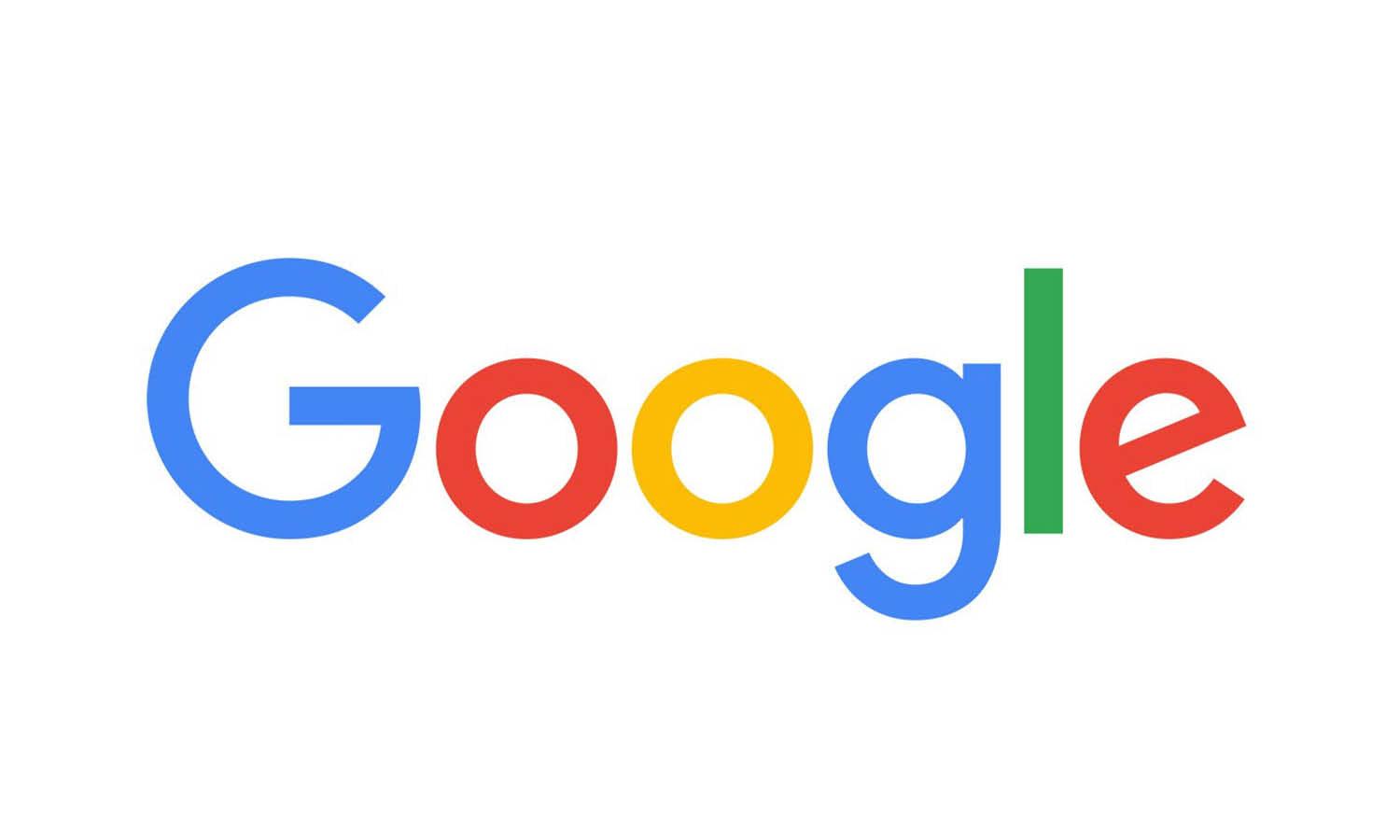
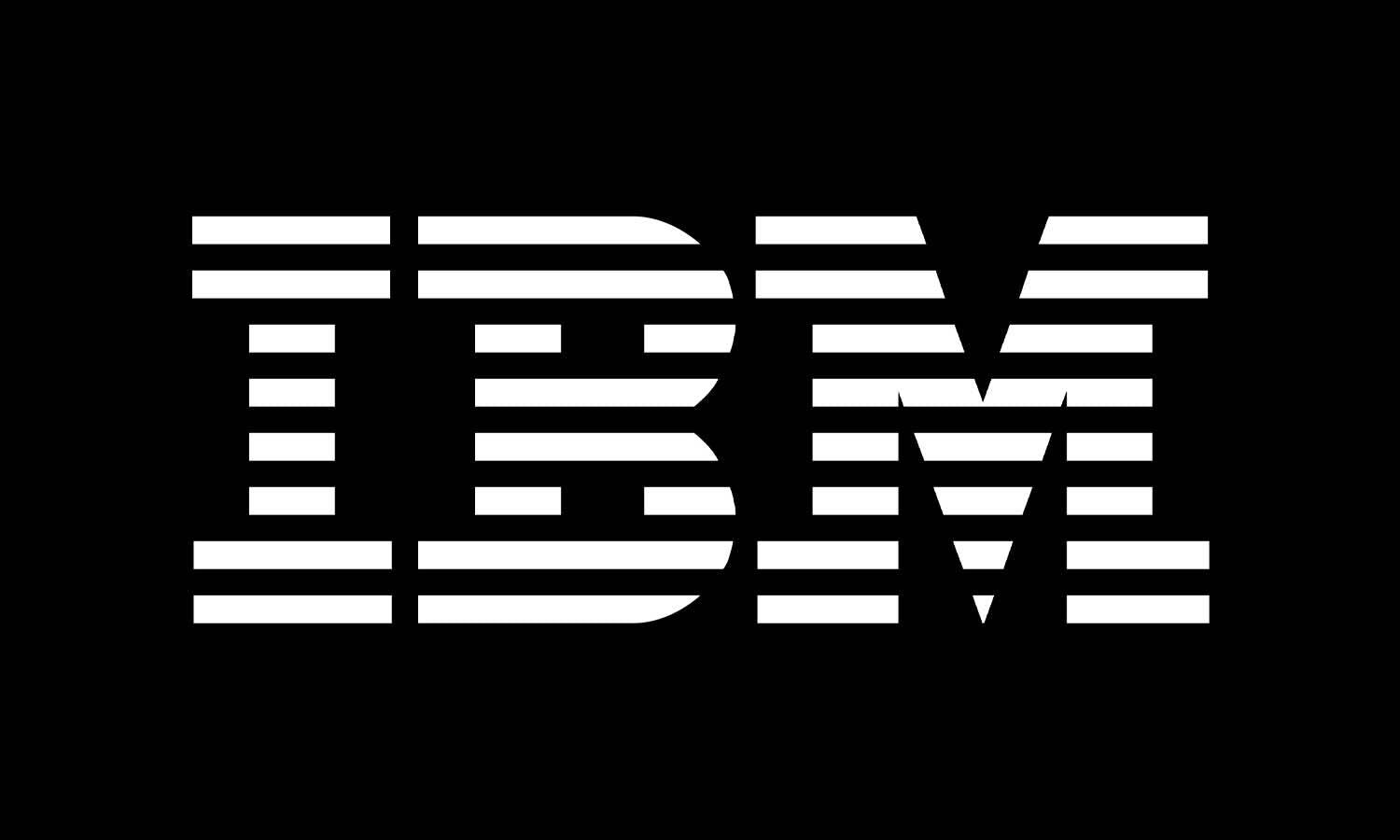
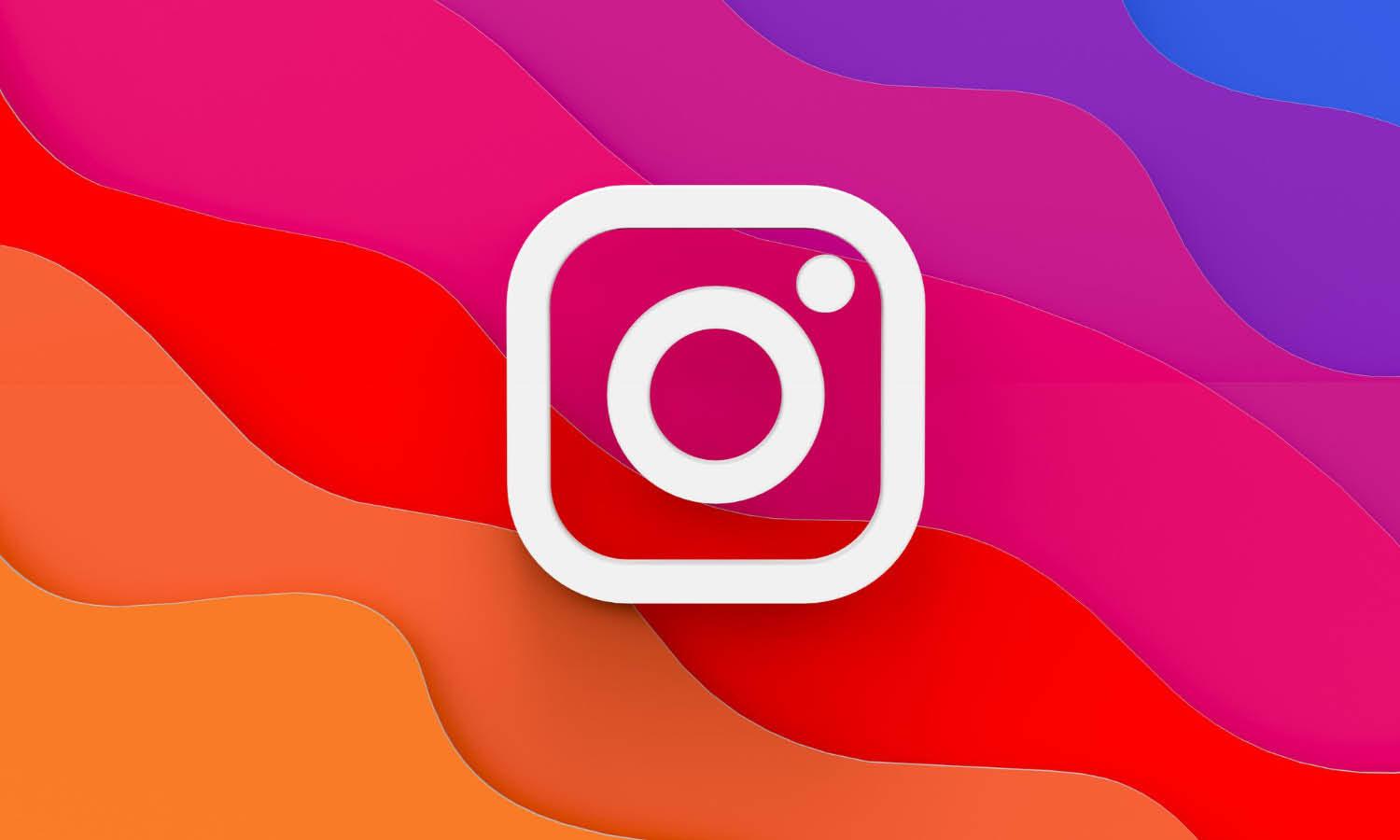
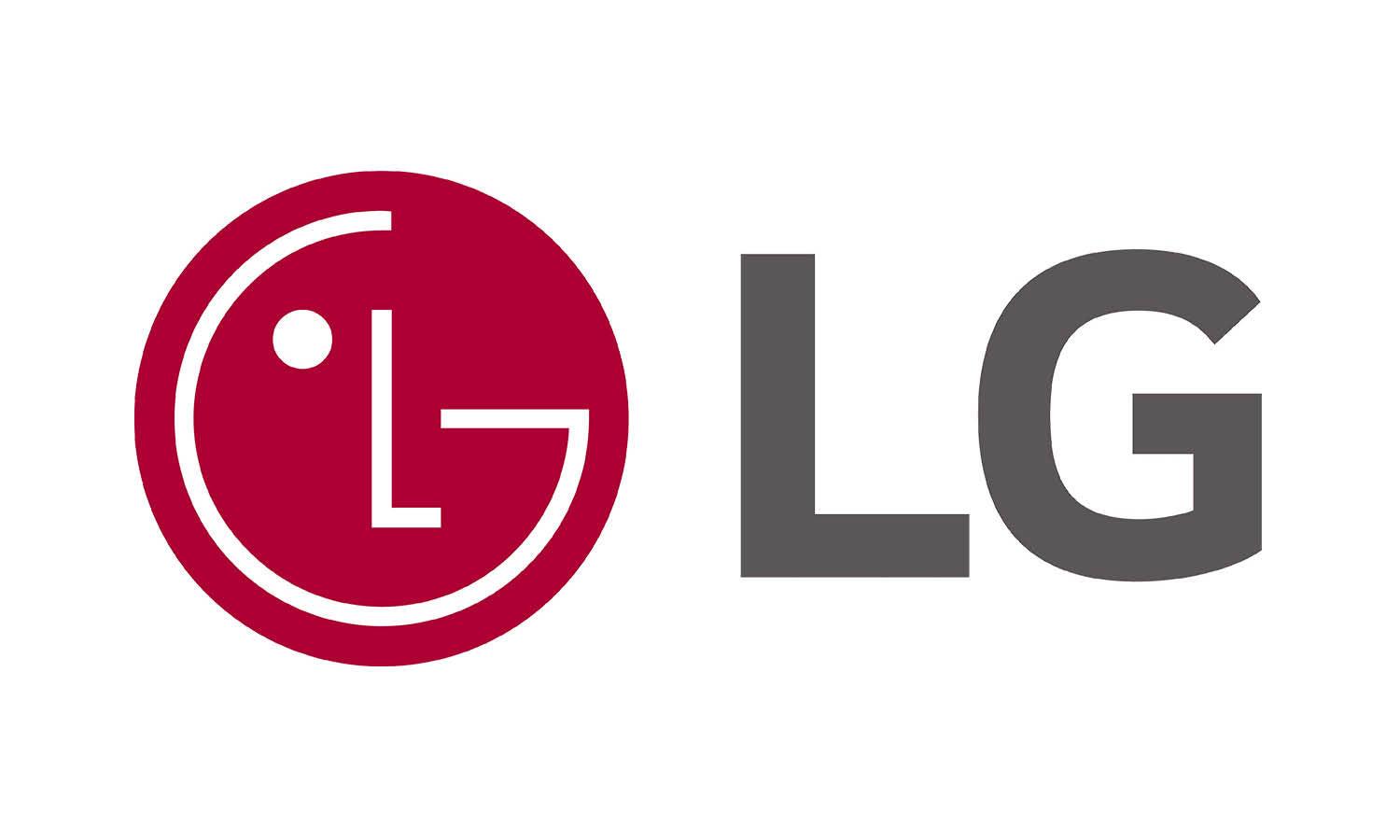

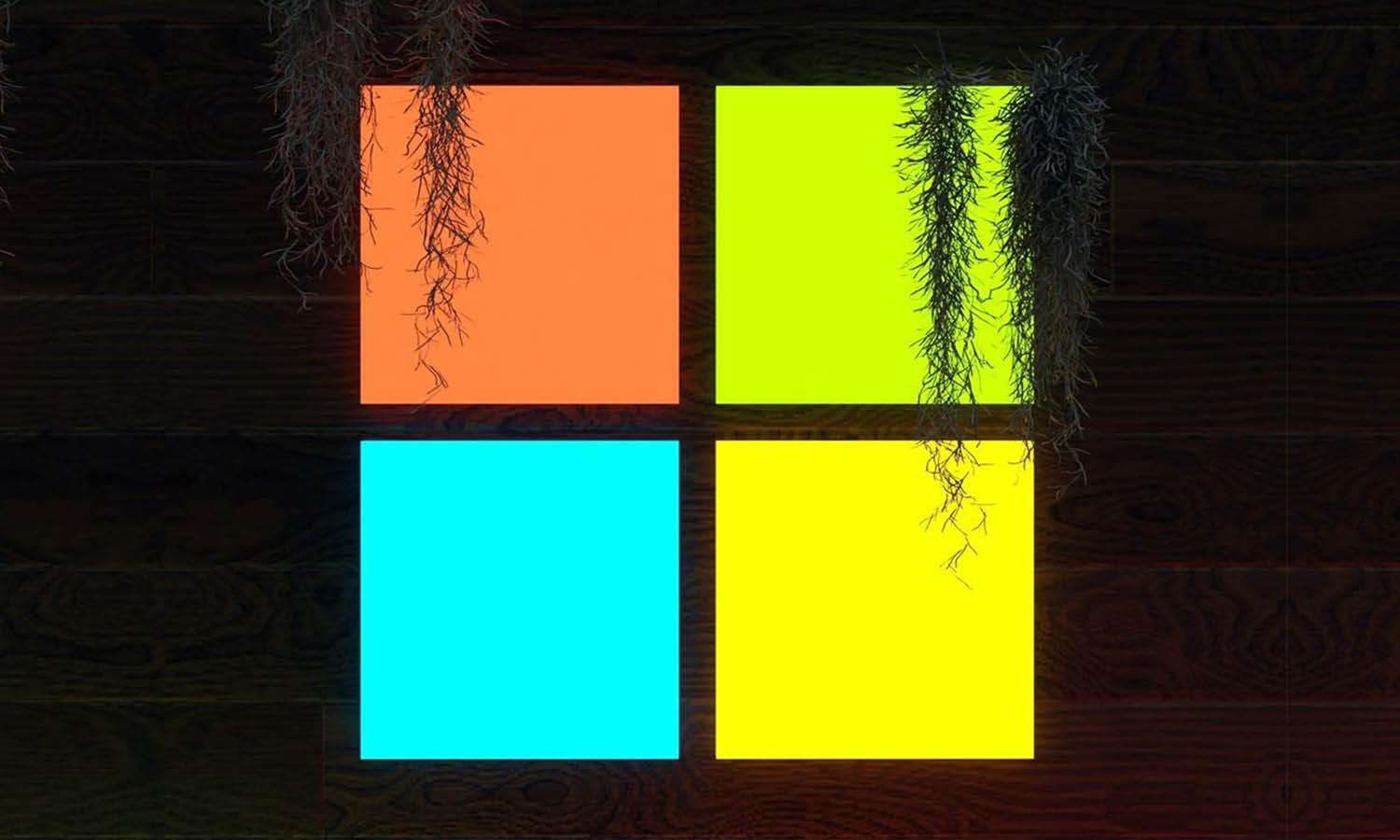








Leave a Comment